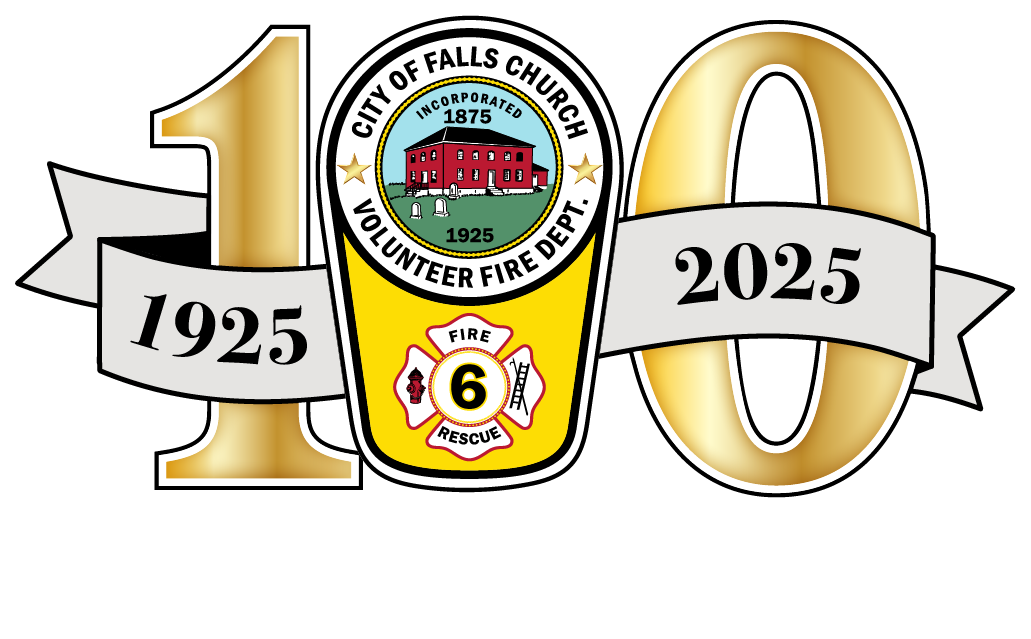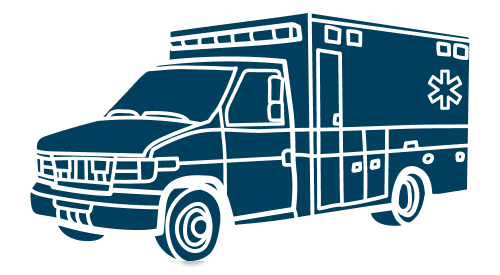Know the difference, and when to call 911.
Summer brings plenty of fun and time outdoors, but it also brings health risks. As temperatures and heat waves rise, so does the chance of heat-related illnesses. Two of the most serious conditions are heat exhaustion and heat stroke, and knowing the difference between the two could save a life.
Heat Exhaustion: The Early Warning Signs
Heat exhaustion occurs when your body overheats due to too excessive loss of water and salt, often from sweating a lot. According to the CDC and MedlinePlus, symptoms of heat exhaustion include:
- Heavy sweating
- Cold, pale, or clammy skin
- Dizziness or fainting
- Nausea or vomiting
- Muscle cramps
- Weak but rapid pulse
- Headache and tiredness
If you notice these symptoms in yourself or someone else, move to a cool place, remove heavy clothing, and sip water slowly. If symptoms worsen or last longer than an hour, seek medical help.
Heat Stroke: A Life Threatening Emergency
Heat stroke is the most serious heat-related illness and requires immediate EMS attention. It happens when the body’s temperature rises to 104°F or higher, or higher and its cooling mechanisms fail.
As the NIH and CDC explain, signs of heat stroke include:
- High body temperature (104°F or more)
- Hot, red, dry, or damp skin
- Rapid, strong pulse
- Confusion, slurred speech, or unconsciousness
- Seizures or agitation
Classic heat stroke, often seen in older adults, usually presents with dry skin. However, heat stroke caused by exertion—common among workers or athletes—may involve sweating. Because heat stroke is a medical emergency that can cause permanent damage or death if not treated quickly, call 911 immediately if you notice these symptoms. While waiting for EMS, move the person to a shaded or air-conditioned area, remove excess clothing, and apply ice packs to help cool them down.
Who Is at Risk?
Children, older adults, outdoor workers, and people with chronic health conditions or certain medications are more vulnerable to heat-related illnesses.
Small children are at greater risk because their bodies haven’t fully developed the ability to regulate internal temperature. This makes it harder for them to cool down through sweating or circulation, especially during hot and humid conditions.
Older adults are also more susceptible. As we age, the body’s ability to reduce heat declines, sweat production decreases, blood vessels may not adjust as well, and some may have underlying health conditions or take medications that inhibit temperature regulation.
Prevention Tips
- Drink plenty of water
- Wear lightweight, light-colored clothing
- Take breaks in the shade or air-conditioned areas
- Avoid outdoor activity during peak heat hours
- Never leave children or pets unattended in vehicles: Even moderate outdoor temperatures can cause deadly heat buildup in parked cars.
When in Doubt, Call 911 for Help
Symptoms of heat exhaustion and heat stroke overlap or escalate quickly.. If someone seems confused, unconscious, or shows other severe symptoms, call 911 immediately. FCVFD’s EMS volunteers are trained to respond fast and provide lifesaving care when minutes matter most.
Help Keep Falls Church Safe This Summer
Recognizing the signs of heat exhaustion and heat stroke—and knowing how and when to act—can make all the difference in keeping you and your loved ones safe.
At FCVFD, our EMS volunteers are your neighbors, dedicated to protecting and serving the Falls Church community whenever emergencies arise. Want to help keep our community safe? Learn more about how we serve and how you can get involved at fallschurchfire.org/about/how-we-serve/.

